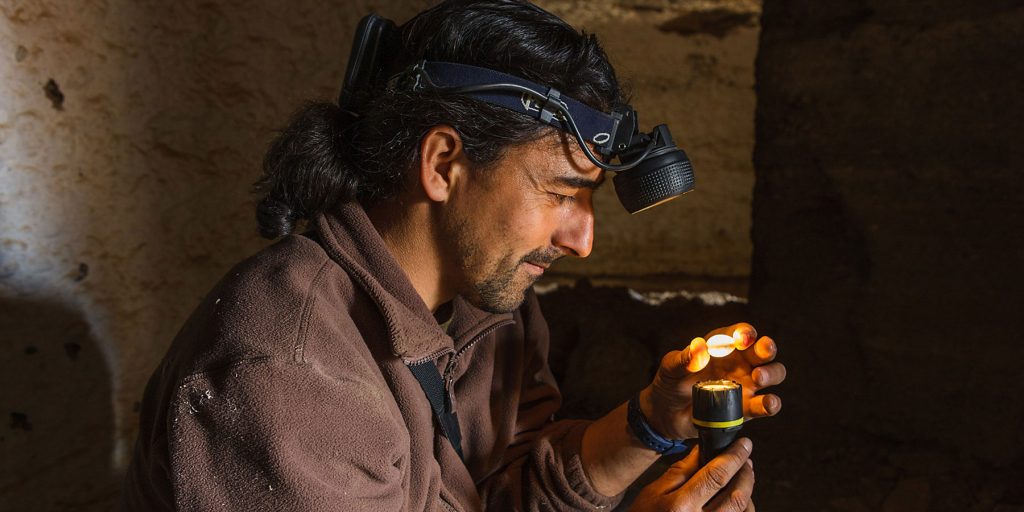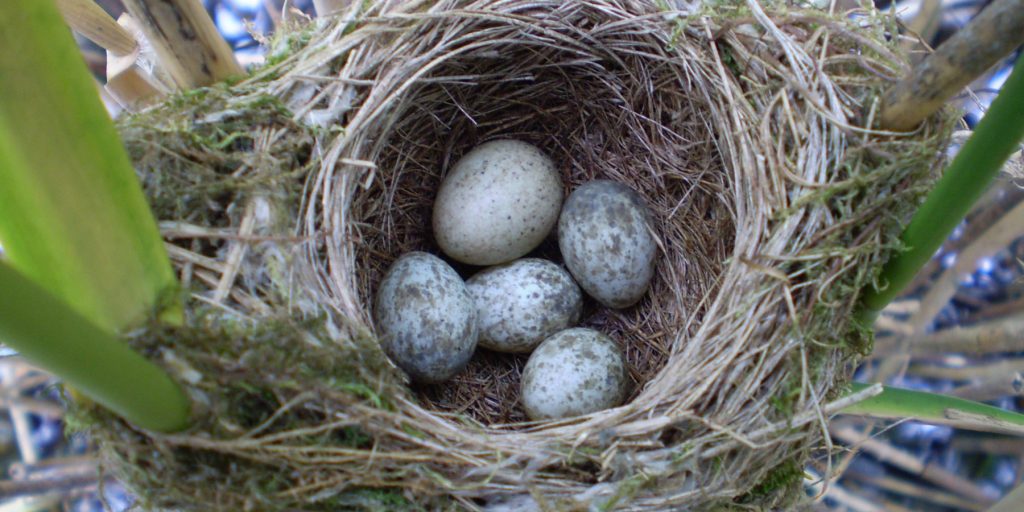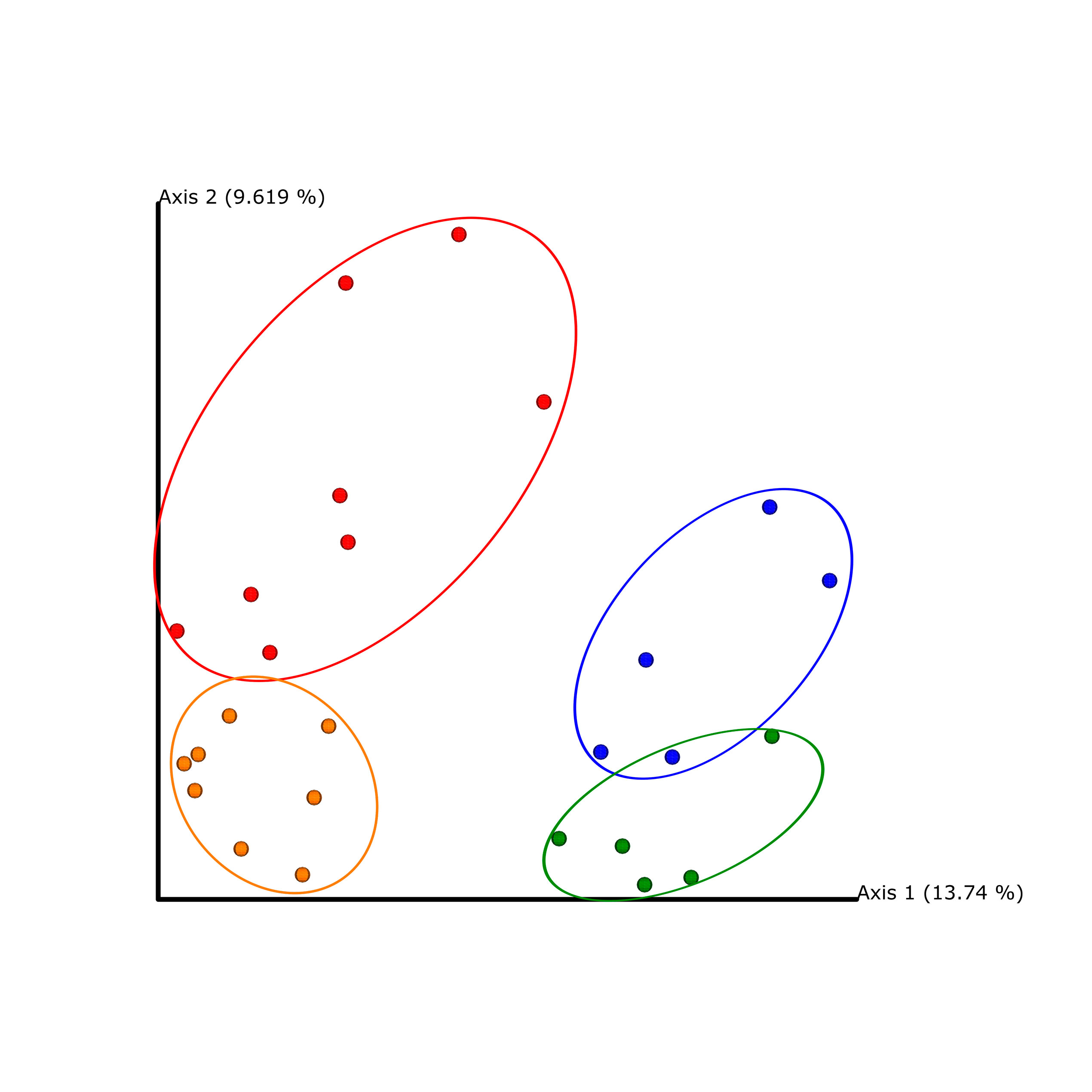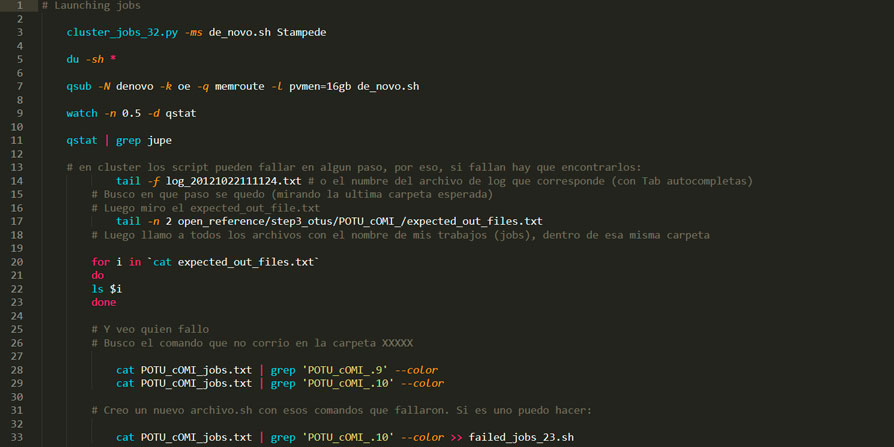My research focuses on exploring the relationships between bacterial communities and the life history evolution of the vertebrates with which they interact. I address these questions through both experimental and comparative approaches, utilizing a variety of methods including next-generation sequencing and bacterial culturing, to integrate the fields of bacterial community ecology and animal evolutionary biology.


I have been a nature-lover since I was a child. I was fascinated (and still am) by animals and their behaviors and curious as to why plants grow where they do and how communities of marine invertebrates develop in the rocky coastal habitats around my small hometown. This enthusiastic attitude persisted as I grew and culminated in a Bachelor in Biology followed by a PhD in Sciences.

Through my dissertation work I focused in on a specialized host-microbe system: the bacterial communities found on bird eggshells and their relationships with avian life history traits. I worked with wild bird population to explore different aspects of these associations to understand how bacteria affect hatching success and host immune function and also to elucidate the relationships between bacterial community composition and nesting habits and brood parasitism. During this exciting period of my career, I also had the opportunity to work with a second fascinating host-microbe system: the symbiotic association between hoopoes and the bacterial communities found in
their preen glands.

Although my dissertation work was based primarily on
culture-dependent methods, my postdoc experience in the Knight Lab opened the door to the world of next-generation sequencing for me to incorporate into my studies of bacterial communities associated with vertebrates. During this time, I pushed myself to further develop interdisciplinary approaches and to establish an excellent network of collaborators, which now serve as the foundation for the next stage in my research career. New research lines explore alternatives to the use of antibiotics in livestock, poultry or aquaculture; or understand how antimicrobial resistances spread across ecosystems.



Juan Manuel Peralta Sánchez
E-mail: jmps@ugr.es Phone: +34 610 354 171
E-mail: jperalta@us.es
Teléfono: 610 354 171
Dpto. Zoology, Despacho 19-1
Faculty of Biology, University of Seville. Avda. de la Reina Mercedes 6, 41012 Seville (Spain)
Powered by La Ola Buena